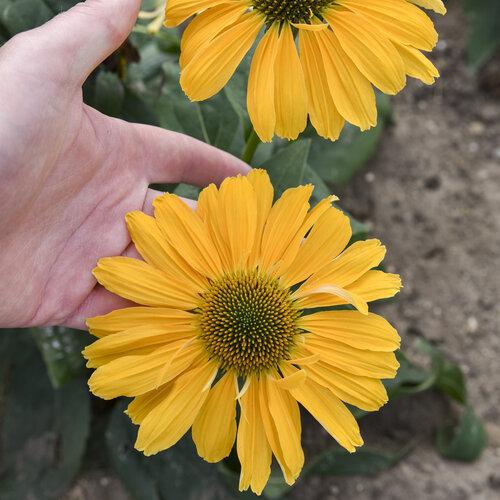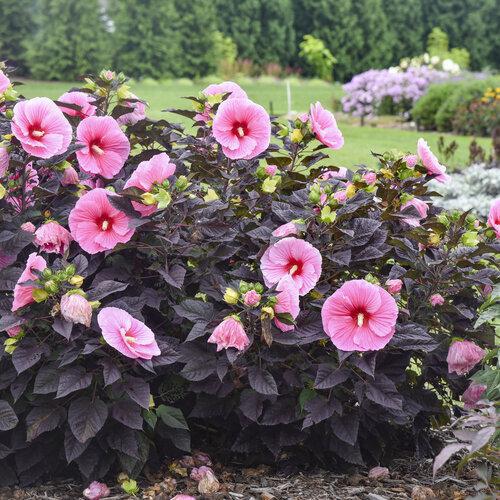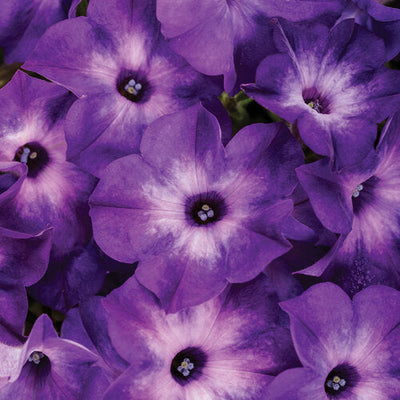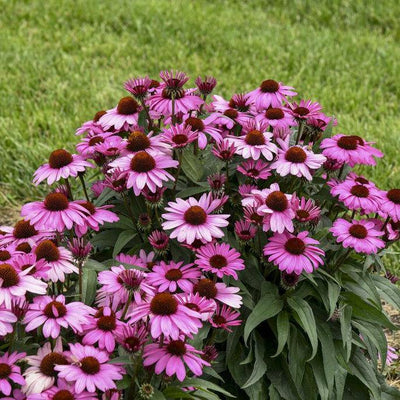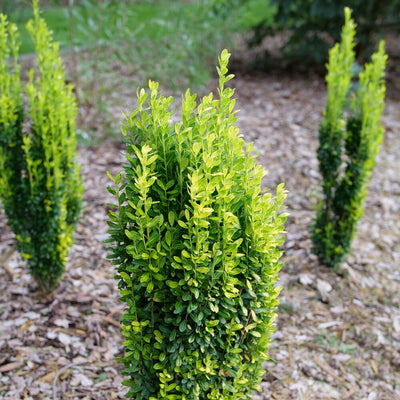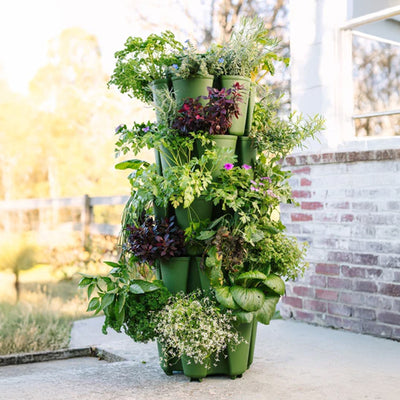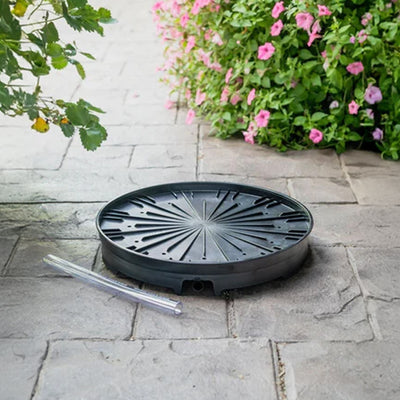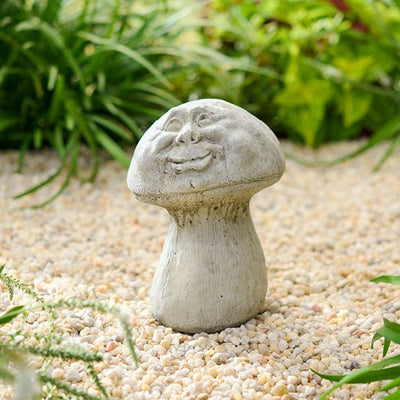Hey friends, welcome to Gardening with Creekside. Today, we're working in the signature garden, and we're planting beautiful winter color in the four annual beds. Let me give you a little preview of what we're doing. CeCe is here, and we're working together because this is definitely more than a one-person job. Mimi will be joining us shortly to help as well, and of course, our furry cheerleader, Brena.
We've already laid out one of the flower beds to get our design just right. In the signature garden surrounding the fountain, we have four uniquely shaped flower beds that will always house annuals. You might wonder why we're not planting in the front section of one bed. Well, we already have tulips there, and since we can't see where exactly the tulips are, we'll leave that area exclusively for them.
But we do have pansies and violas for these beds. We have Lavender Blue Shades pansies, which are a mix of beautiful colors ranging from creams with purple veining to rich purples and more. Pansies have large, stunning flowers. We also have Penny Peach violas, which have a deep purple color with a touch of cream and a peachy apricot hue.
There are some differences between violas and pansies. All pansies are violas, but not all violas are pansies. Pansies have larger blooms, while violas tend to be smaller but have more flowers per plant. Violas are also more cold-tolerant, so they'll continue to bloom through the coldest parts of winter, while pansies may take a break and resume when temperatures warm up.
We've done the math and decided to plant 108 Lavender Blue Shades pansies in each flower bed. The pansies we have come in trays with two plants per container, so that's 36 containers for each bed. We're spacing them out accordingly.
To prepare the beds, we've applied Biotone, and CeCe is now laying out the Penny Peach violas. We'll fill in the spaces with Lavender Blue Shades pansies. I'll be using a Power Planter augur with a 3-inch drill bit to make the planting holes.
We've got a lot of plants to put in, and I think CeCe mentioned we have over 2,000 plants in total for this project. It's going to look fantastic once it's done. Now, we're going to set up the camera, get everything laid out, and start planting.
Once we're finished, we'll use a drone to capture an aerial view of the beds. Tomorrow, we're expecting heavy rain, and these lovely flowers might not look the same afterward, so we want to document them in their full glory.
As for how long these plants will stay in the ground, we'll likely pull them out in late April. Even though they'll still be beautiful, we need to make room for our summer annuals before the intense heat and humidity of summer hits. Pansies and violas are cool-weather plants and won't thrive in our hot Southern summers.
Looking ahead to next year, I'll plan more methodically and consider color combinations. These pansies and violas were chosen based on what was available late in the season, but next year, I'll have a better plan in place for a coordinated color scheme.
That's the beauty of gardening – you're always thinking, planning, adapting, and changing. Some things succeed, others don't, but it's all part of the process. I hope you've enjoyed this video. Stay tuned for an aerial view of the finished beds, and remember, it's never too early to start planning for your garden. Have a great day, and we'll see you in the next video. Bye, friends!
